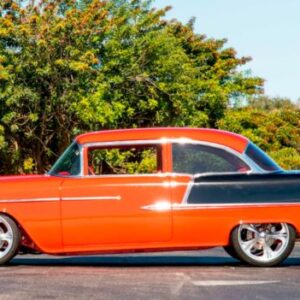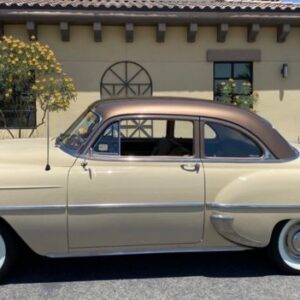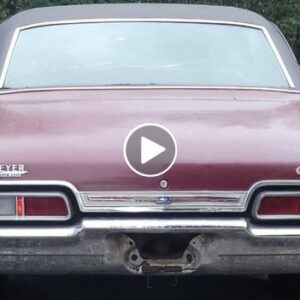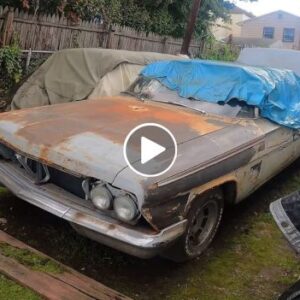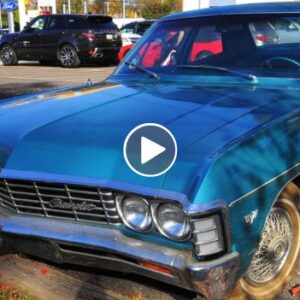British classic cars are not the most reliable motor vehicles on the secondhand market, and 90% of the time they require some form of repair or general maintenance. This is why they make excellent candidates for project cars.
There are many classic British cars to choose from, from the humble – but a bit slow – Morris Minor, to the more popular Mini Cooper and MG MGB Roadster. These cars are British icons thanks to their sporty reputations and great driving experiences. For anyone who prefers some cars with a bit more grunt, there is the ever-awesome Jensen Interceptor and Jaguar XJS – the former with a Chrysler V8 and the latter with a big V12. Luckily, classic British cars come in all shapes, sizes, and engine displacements – meaning there is something for everyone.
So, while countries such as Germany or Japan have classic cars that are perfect for projects, Britain has some of the most well-known and flamboyant ones. Here are ten classic British cars that would make great projects for the novice and experienced grease-monkeys alike.
10 Austin Mini Cooper
.jpg)
The Mini Cooper is one of the most instantly recognizable British cars ever made. It was designed as a small city car that wouldn’t take up too much space, was practical enough for a small family, and was economical. The Mini was manufactured between 1959 and 2000 by eleven different companies and automakers.

The Mini Cooper was fitted with seven different sizes of 4-cylinder engines, ranging from a tiny 0.85-liter to an equally small 1.3-liter. Thanks to the Mini’s lightweight and nimble handling, it made a brilliant rally and touring car, often beating cars with way more horsepower. The Mini makes a great project car as there are many styles available, with a horde of tuning parts each.
9 Austin-Healey 3000
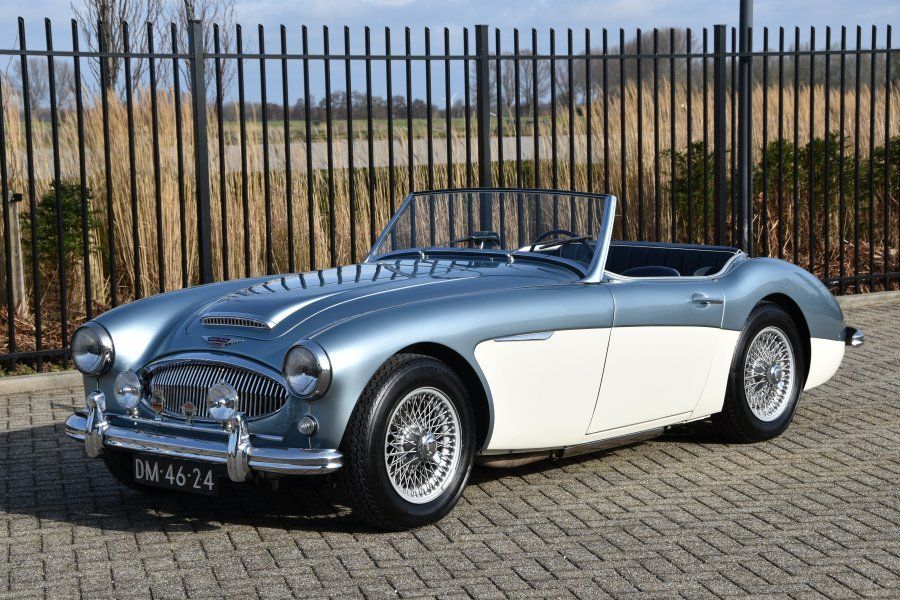
The Austin-Healey 3000 was a typical British sports car from the 1960s. It was a roadster with a relatively large engine in the front, power going to the rear wheels, and a manual transmission in the middle. The engine chosen for the Austin-Healey 3000 was a 2.9-liter inline-6, which was also used in cars such as the Austin Princess and the Wolseley 6/99 sedan.
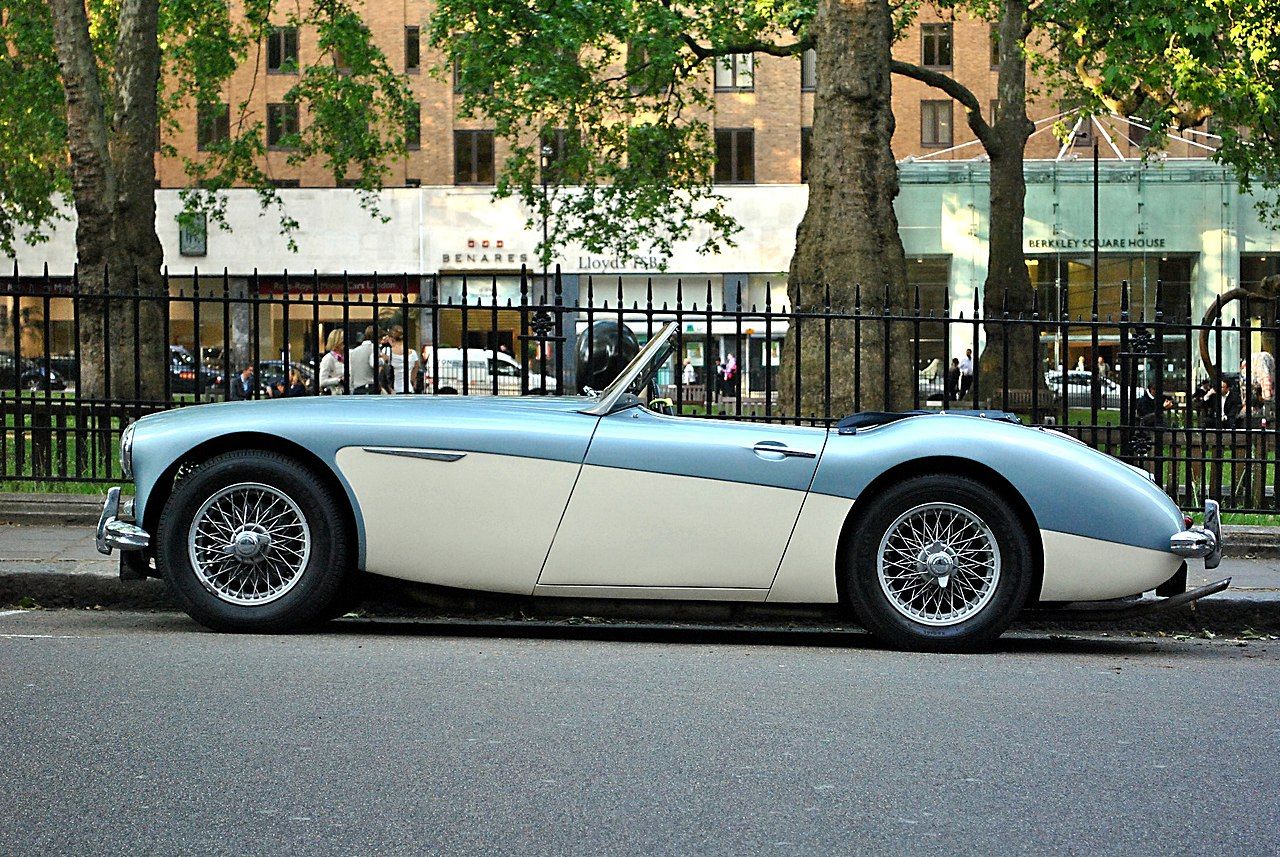
The Austin-Healey 3000 produced just 130 hp but was upgraded to 150 hp during a model improvement. The 3000 makes for a brilliant project as it is not only beautiful but spacious and has loads of room for improvement in the engine bay.
8 MGB Roadster
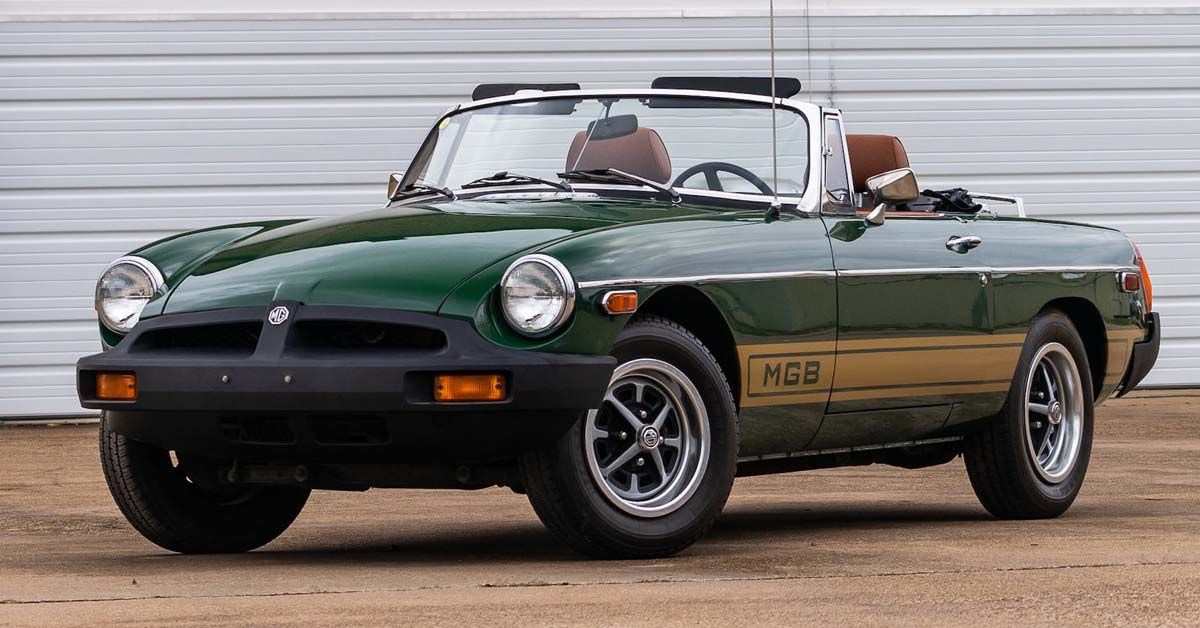
The MGB – like the Mini Cooper – is one of the most recognizable sports cars ever made. It is also one of the most widely available classic cars, making it a perfect candidate for a project car. The MGB was the successor to the MGA and was first produced in 1963. The model stayed in production until 1995, having been produced by three different companies.

Most MGBs were fitted with 1.8-liter 4-cylinder engines; however, the last few built by Rover were called the MG RV8, with the latter part of the name being the abbreviation for ‘Rover V8’. There are many customization options and specialty tuning shops even offer electric conversions – resulting in reliable MGBs.
7 Jaguar XJS
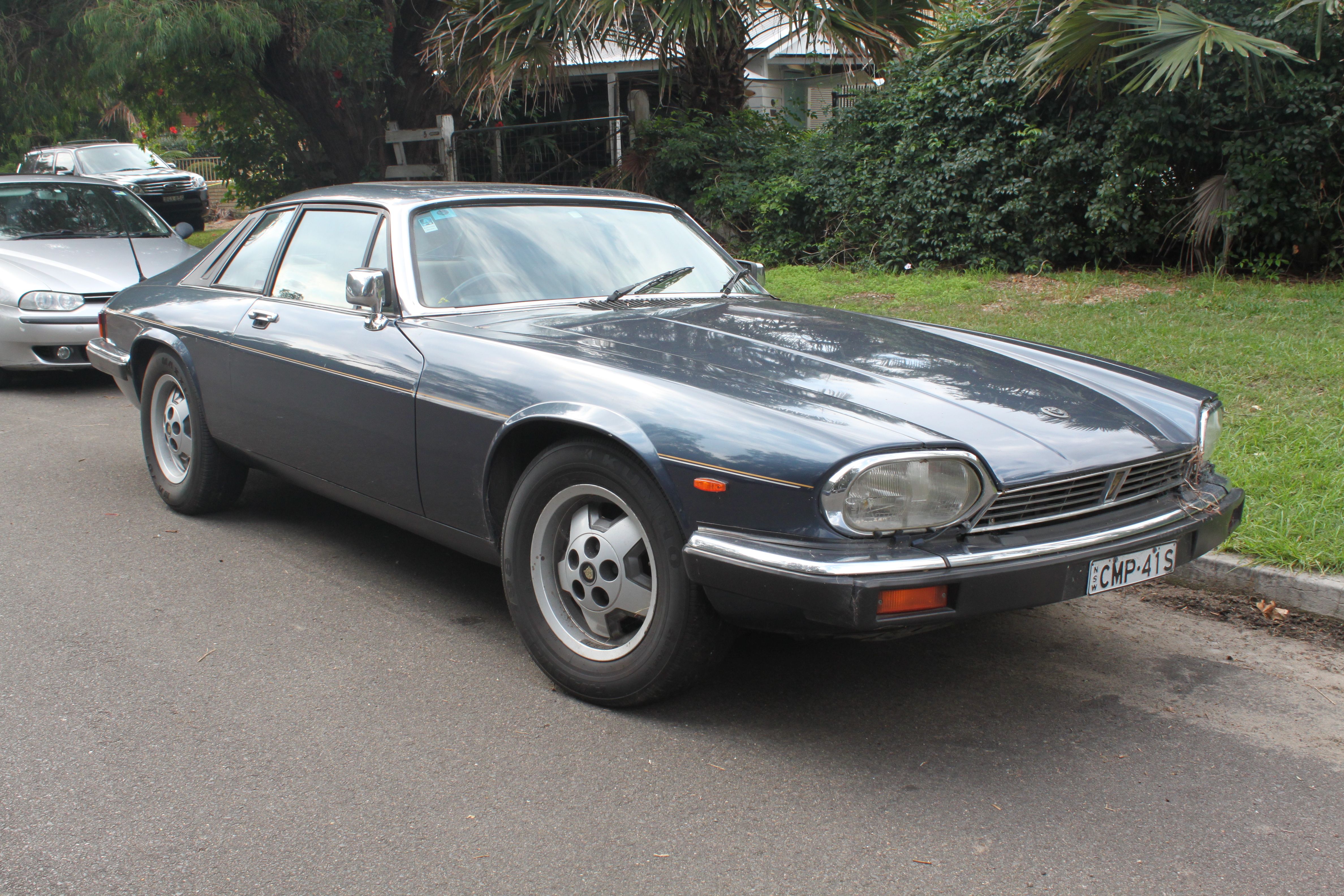
The Jaguar XJS is a great luxurious grand tourer that was on sale for an incredible 21 years between 1975 and 1996. The XJS was originally fitted with a 5.3-liter V12, producing between 250 and 300 hp – depending on the market. A 3.6-liter straight-six was added in the 1980s as the more fuel-efficient option, but the V12 was still available.

The XJS is a car with many faults – as are most cars built during this era in the British automotive world – but once everything is sorted and slightly modified, the XJS becomes a fantastic weekend cruiser. James May even bought one, had it fixed and done up, and used it to tour France on one of his wine shows with Oz Clarke.
6 Jensen Interceptor III
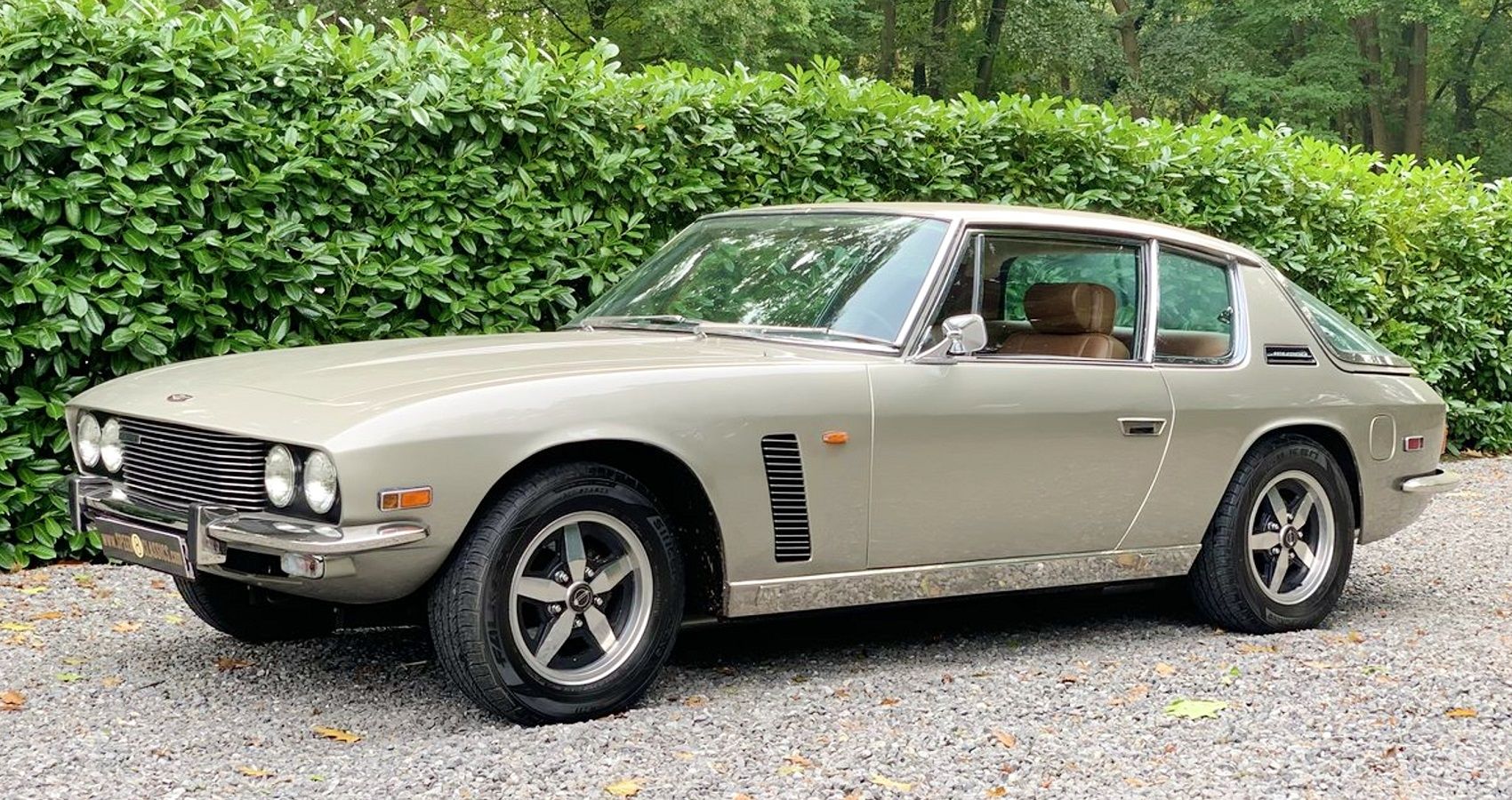
The Jensen Interceptor is a car that many people may not know about. It was a British GT car from the 1960s and 1970s, fitted with a range of massive Chrysler V8 engines. Drive was sent to the rear wheels only via either a 4-speed manual or a 3-speed automatic.
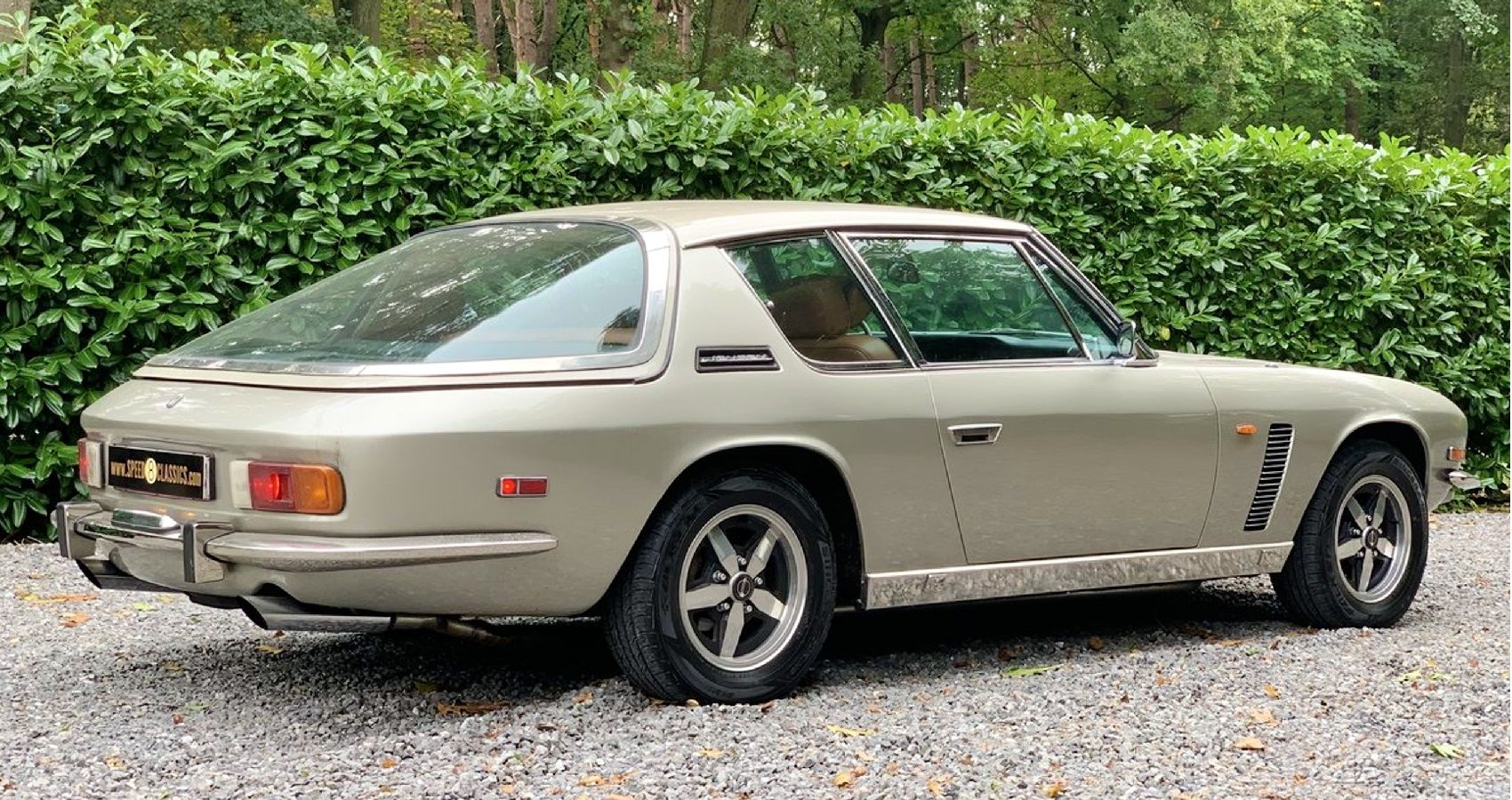
The Jensen Interceptor FF was the first production car to feature permanent all-wheel drive, utilizing the Ferguson Formula, hence the name. The Interceptor is one of the coolest powerful cars of the past, even featuring in the sixth Fast & Furious movie.
5 Triumph Spitfire

The Triumph Spitfire was built between 1962 and 1980. It was available with a 4-cylinder engine only, being upgraded with each new version of the car to be released. The initial engine was a 1.15-liter that was upgraded to a 1.3-liter and eventually ended with a 1.5-liter.

The original Spitfire produced just 63 hp and 67 lb-ft, but the final Spitfire 1500 made a whopping 71 hp and 83 lb-ft when it left production. The Spitfire was a quirky and extremely lightweight sports car with huge tuning potential, not to mention it was named after one of the greatest planes ever made.
4 Morris Minor
![]()
Love it or hate it, the Morris Minor was an important car in the British motoring past. Germany had the VW Beetle, France had the Citroën 2CV and Britain had the Morris Minor. The Minor was the first British car to sell more than one million units, eventually surpassing the 1.6 million mark.
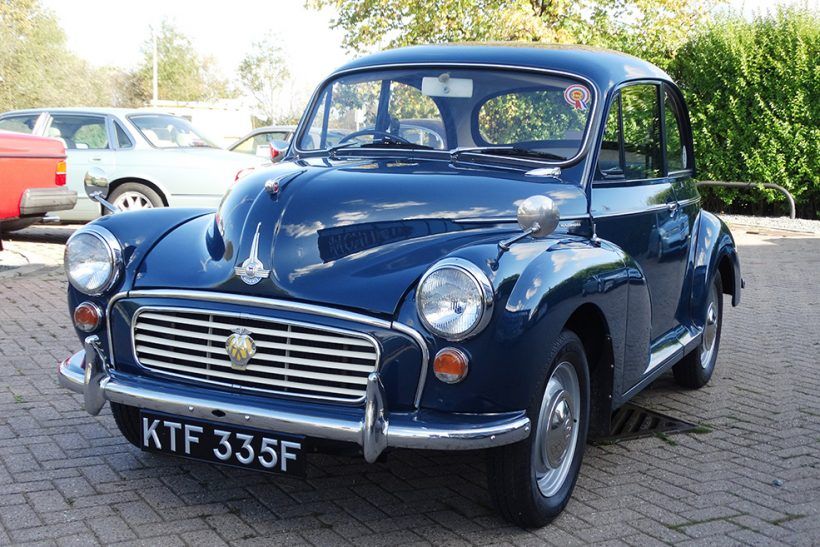
Like many automobiles of the era, the Minor was manufactured by multiple companies over the years and had engines displacing between 0.8 and 1.1 liters, with the most powerful version producing 48 hp and 60 lb-ft. Many owners have restomodded their Minors with more powerful engines and better suspension, with some even converting the car to run on batteries.
3 Land Rover Series III
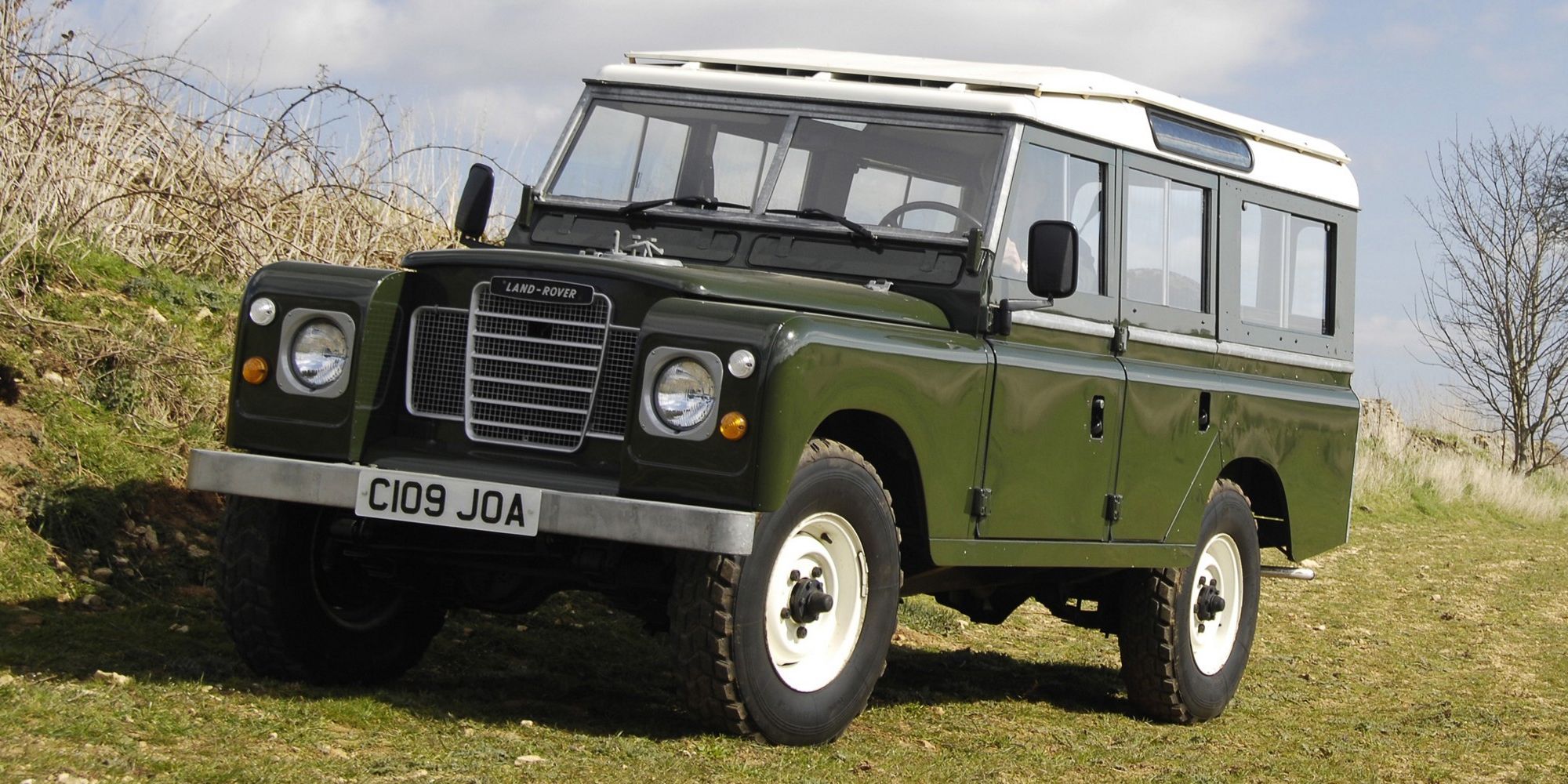
The Land Rover was one of the cars based on the original Willy’s Jeep of the Second World War, along with the Jeep CJ-5 and Toyota Land Cruiser. The Land Rover Series III was the last model before it was renamed to the Defender which we still have today.
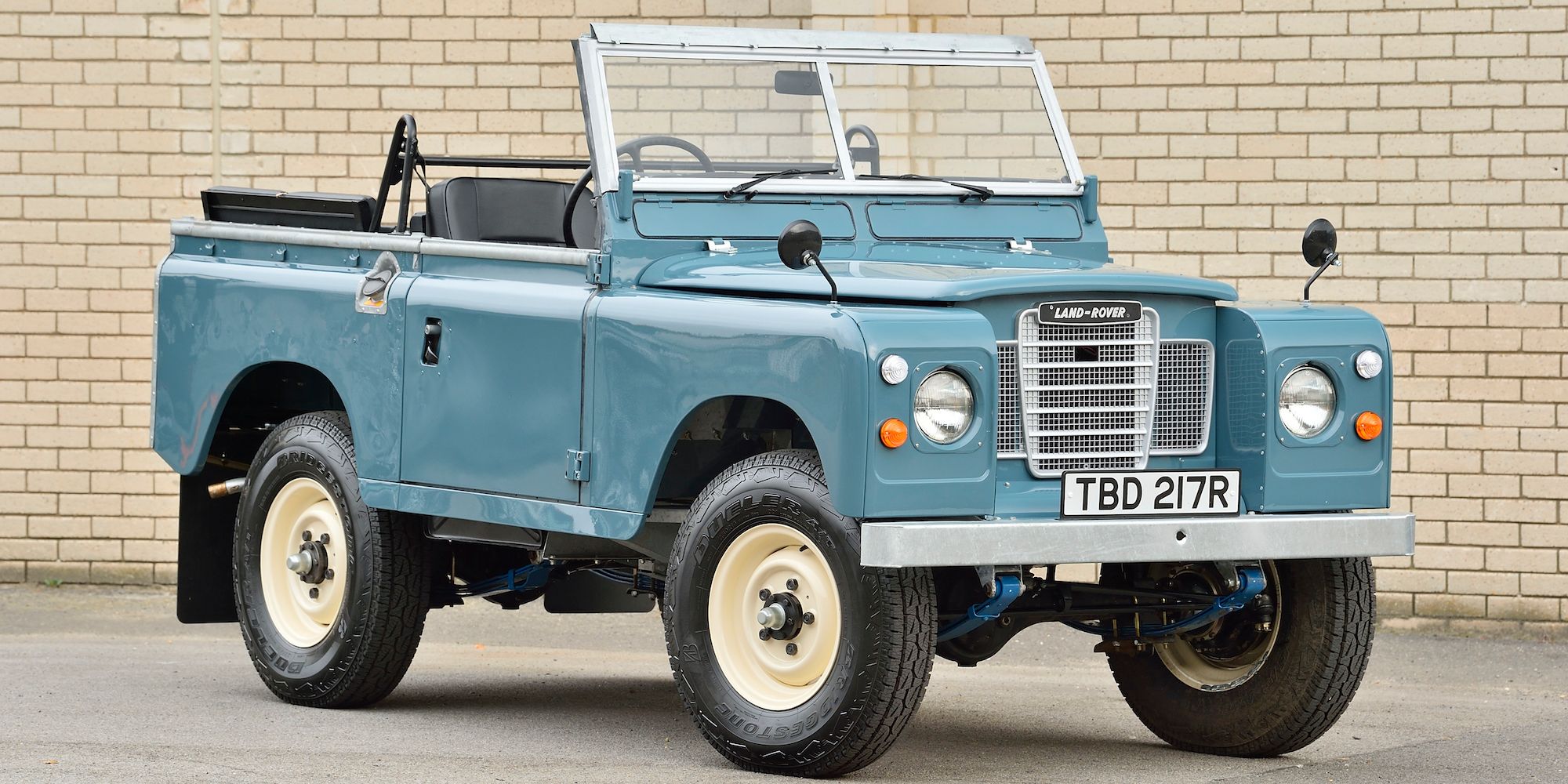
The Series III is one of the most desired and modified British vehicles on the planet, with Land Rover clubs all over the world. The Series III was praised for its go-anywhere capabilities, but it is still a British car of the 1960s, so it requires almost constant maintenance. Still, it makes for an excellent project – especially when the engine is swapped for a big Rover V8
2 Ford Escort Mk1
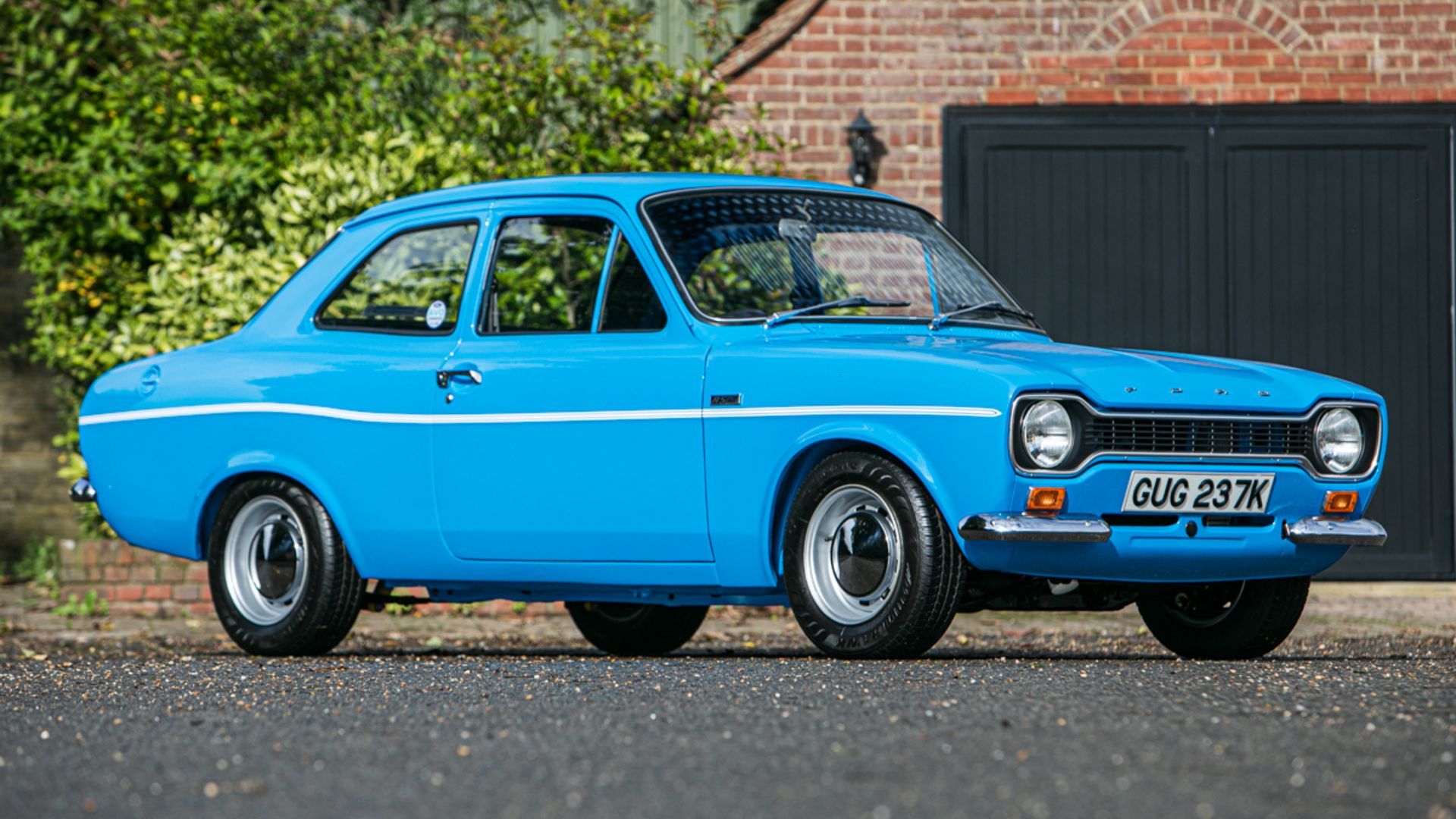
The Ford Escort was Ford of Britain’s answer to the Austin 1100, Vauxhall Viva, and the Hillman Avenger. It was also built to compete against the international versions of the Opel Kadett, Fiat 128, and Renault 12. The Escort was a massive success and remained in production until 2002.

The Mk1 Escort was fitted with a series of 4-cylinder engines ranging from a 0.9-liter, all the way to a big 2.0-liter. The most powerful version was the RS1600, which produced an impressive 115 hp. Today, the Escort Mk1 and Mk2 are popular choices to modify and restore, with nice examples frequenting motor shows and classic car meets.
1 Rover P6
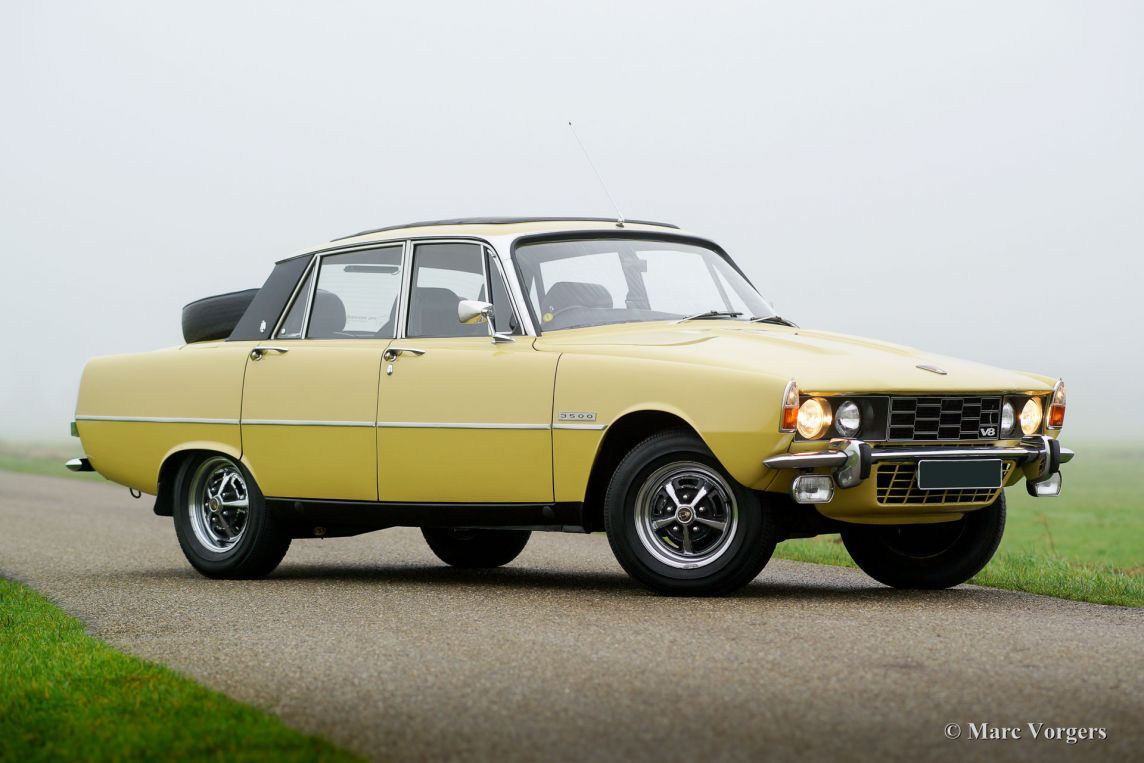
The Rover P6 was Britain’s version of the Citroën DS – just not nearly as popular or impressive. The styling for the P6 was heavily inspired by the DS, featuring the same basic silhouette. The major difference between the DS and the P6 was that the latter was available with a V8.

Rover used the 3.5-liter Buick V8, made some modifications, and called it the Rover V8 – the same engine which would power the Range Rover. The Rover P6 3500 produced 184 hp and could do the 0-60 mph sprint in just 9.5 seconds. The Rover P6 may not be the first choice for a project car, but it is pretty cool, comfortable, and unique
